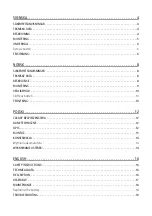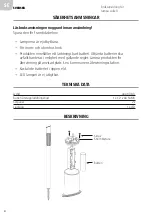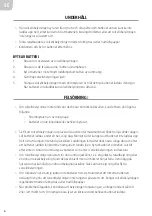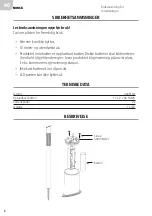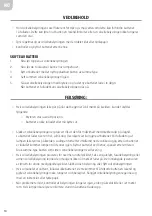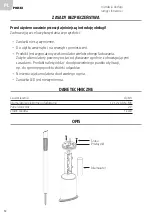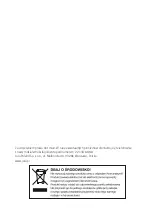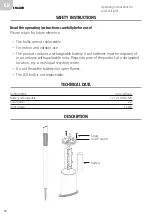
EN
17
• A built-in light sensor means that the light is off during daylight hours and automatically comes
on when it gets dark�
• During daylight the solar panel converts the sunlight to energy which is used to charge the battery�
In the evening, the light automatically comes on and is powered by the charged battery�
• Location, weather and time of year all affect how long the battery can power the light�
• During the winter months, the solar cell light receives a restricted amount of sunlight,
and the lighting time is consequently also limited during the winter�
• The light is powered by solar energy and is easy to install� No cables are needed�
• The light turns on and off automatically�
ASSEmBLy
NoTE!
• Position the solar cell light in a location that receives a lot of sunlight� If the solar cell light is put in
a shady place, the batteries will not fully charge, resulting in shorter illumination times�
• Do not position the solar cell light close to sources of light such as streetlamps, as this might cause
the light to not come on� There should be a distance of at least 1�5 metres between solar cell lights�
Placing them more closely together can affect their functioning and the light might start flickering�
1�
Assemble the parts as shown in the figure below�
2�
Grasp the metal bottom section firmly and press the black spear down into the ground�
3�
Bear in mind that the light must be turned off during the first two days of charging�
The solar cell light can be turned on after 48 hours�
NoTE!
The rechargeable battery must be fully charged to function correctly� If the battery is repeatedly
only partially charged, its service life will be considerably shortened�

